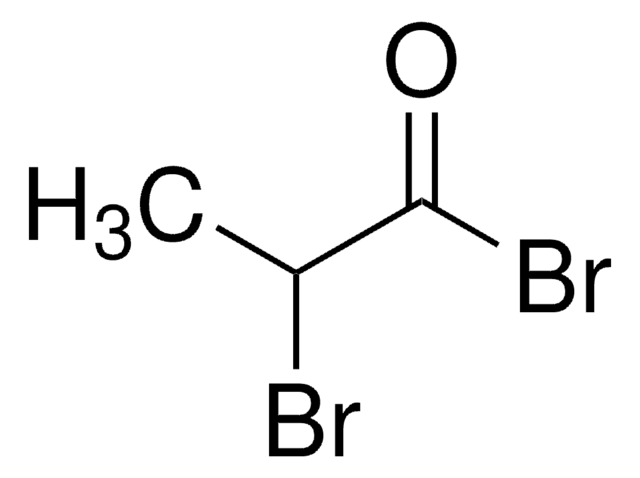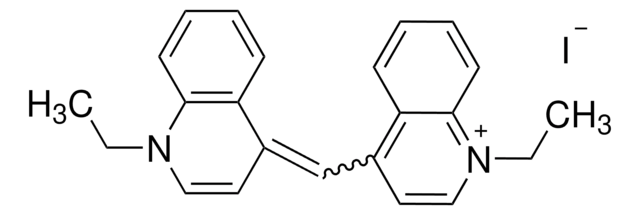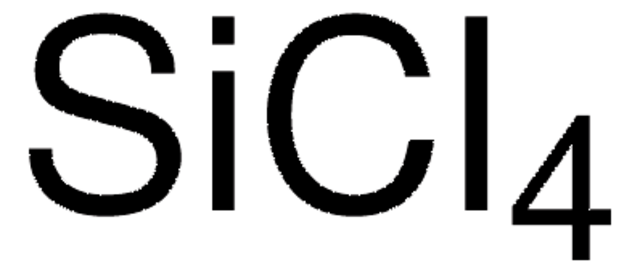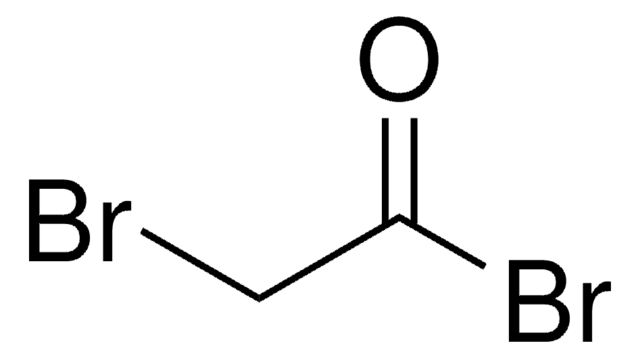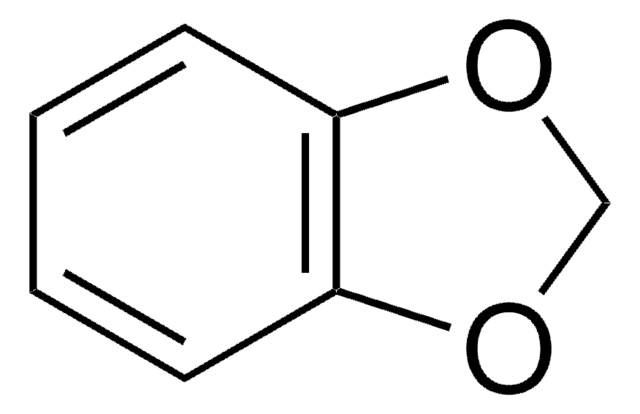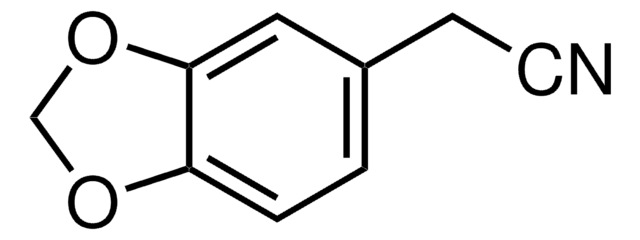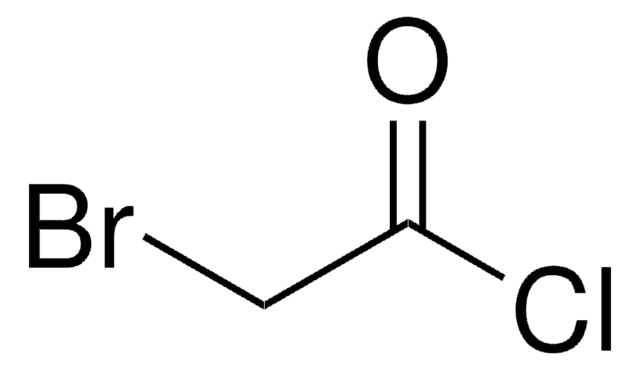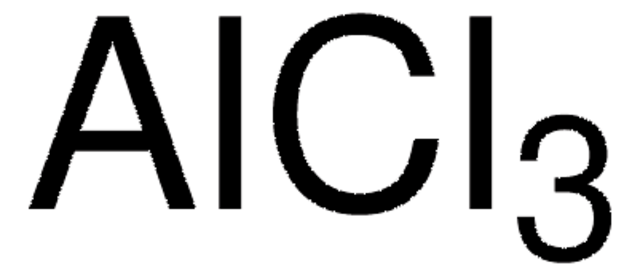All Photos(1)
About This Item
Linear Formula:
CH3CH2COBr
CAS Number:
Molecular Weight:
136.98
Beilstein:
1736651
EC Number:
MDL number:
UNSPSC Code:
12352100
PubChem Substance ID:
NACRES:
NA.22
Recommended Products
Quality Level
Assay
97%
form
liquid
refractive index
n20/D 1.455 (lit.)
bp
103-104 °C (lit.)
density
1.521 g/mL at 25 °C (lit.)
functional group
acyl bromide
SMILES string
CCC(Br)=O
InChI
1S/C3H5BrO/c1-2-3(4)5/h2H2,1H3
InChI key
RIBFXMJCUYXJDZ-UHFFFAOYSA-N
Looking for similar products? Visit Product Comparison Guide
Signal Word
Danger
Hazard Statements
Precautionary Statements
Hazard Classifications
Flam. Liq. 3 - Skin Corr. 1B
Supplementary Hazards
Storage Class Code
3 - Flammable liquids
WGK
WGK 3
Flash Point(F)
125.6 °F - closed cup
Flash Point(C)
52 °C - closed cup
Personal Protective Equipment
dust mask type N95 (US), Eyeshields, Gloves
Regulatory Information
危险化学品
Choose from one of the most recent versions:
Already Own This Product?
Find documentation for the products that you have recently purchased in the Document Library.
Molecular structure, composition, and energy and entropy differences between conformers of propionyl bromide as determined by gas-phase electron diffraction.
The Journal of Physical Chemistry, 91(15), 3977-3981 (1987)
Aniruddha Pal et al.
International journal of biological macromolecules, 119, 954-961 (2018-08-05)
Dextrin and poly (N-vinyl caprolactam) based amphiphilic graft copolymer has recently been developed using RAFT polymerization. The prepared graft copolymer has been characterized in details using FTIR and 1H NMR spectral analyses, GPC, TGA, FESEM, TEM and DLS analyses. GPC
Hasmik Grigoryan et al.
Carcinogenesis, 39(5), 661-668 (2018-03-15)
Although benzene has long been recognized as a cause of human leukemia, the mechanism by which this simple molecule causes cancer has been problematic. A complicating factor is benzene metabolism, which produces many reactive intermediates, some specific to benzene and
Our team of scientists has experience in all areas of research including Life Science, Material Science, Chemical Synthesis, Chromatography, Analytical and many others.
Contact Technical Service
